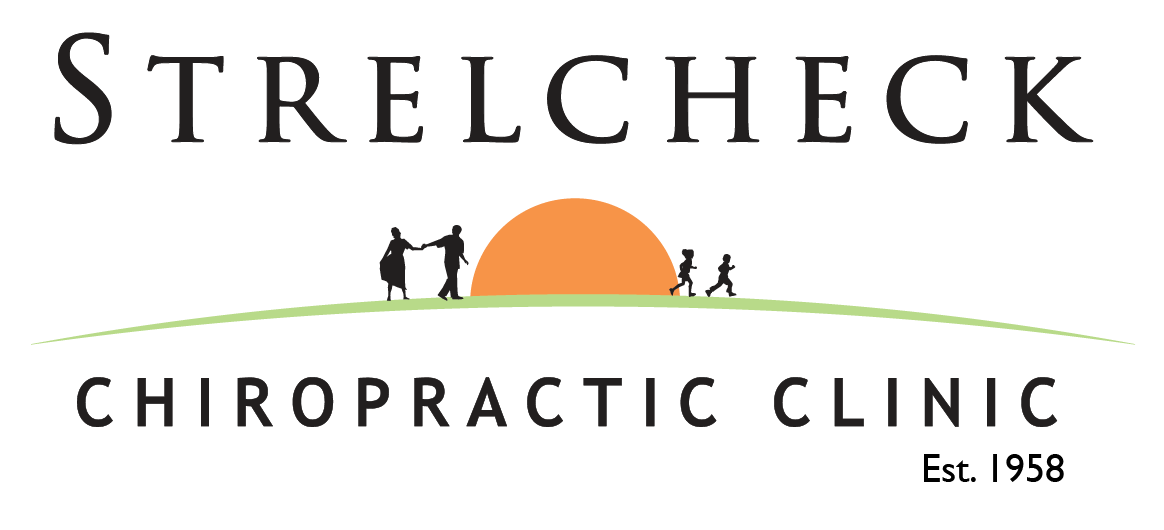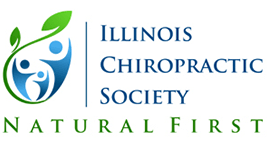
Benefits of Chiropractic Care for ALL Ages
Chiropractic Benefits from Infancy to Seniorhood Making regular appointments to see a chiropractor could be a family affair! That’s because, no matter the age demographic, chiropractic care addresses various health ailments and offers preventative treatment using safe and natural methods. Grandma, grandpa, mother, father, sister, baby brother. Everyone in the family has the opportunity to experience healing, relief, and improved health by making a chiropractic clinic their first stop. Babies and Toddlers Babies and toddlers get to know their pediatricians very well in the first three years of their life. No debating: those visits are important! However, adding a chiropractor to the mix might go further in helping to relieve the aches and pains that come with being a baby—even newborns—or a tiny child. Chiropractors often treat their youngest of patients for the following common conditions: colic or excessive crying reflux difficulty breastfeeding due to head position or impaired sucking/swallowing asthma digestive issues ear infections difficulty sleeping balance issues trouble breathing delayed developmental milestones, such as crawling or standing Doctors of chiropractic employ gentle, safe, and effective adjustments on these small bodies, contributing to proper alignment and a high-functioning nervous system. A happier baby means happier parents! Children and Adolescents Children (ages 4-9) and adolescents (ages 10-19) are unique patients in that their bodies are constantly changing. They get those dreaded “growing pains.” Also, many suffer injuries from participating in athletics, sitting in class with poor posture for several hours, and carrying heavy backpacks. Chiropractic can help treat injuries and chronic pain in youth. In fact, according to the Journal of the American Medical Association, on average, 11 percent of chiropractic patients are children and adolescents. Parents have sought chiropractic care for their children with the following symptoms and conditions: growing pains digestive issues asthma and other common breathing issues headaches and migraines scoliosis irregular sleeping patterns bedwetting and/or constipation persistent colds, sore throat, and low immunity recurrent ear infections and sinus issues behavior disorders, such as ADD, ADHD, and autism complaints of continual or recurring neck or back pain limited head or neck mobility recovery from an injury In addition to potentially resolving the above issues, spinal adjustments may boost their growth and development, improving their quality of life in the present and future. Yes, chiropractic care is safe for kids. Research supports that there are no specific risks associated with chiropractic adjustments for children. Furthermore, doctors at Strelcheck Chiropractic Clinic also make every effort to offer their young patients a painless experience. Adults Adults still have a lot of life in their bodies, especially considering this stage begins as young as 20 years old. Many adults, however, have experienced more wear and tear than the average child or teen; the sooner they address any pains or discomfort, the better their chances of satisfying their desired level of activity. The goal is sustainability. Adults ages 35-45 make up the largest age demographic of chiropractic patients. This group needs the chiropractor for traditional reasons, such as spinal misalignments caused by injury and/or traumatic events. Additionally, they are beginning to experience acute aches and pains more frequently. In some cases, a problem they have been ignoring finally needs attention. Here are some of the many symptoms and conditions a chiropractor can treat: chronic headaches back and neck pain sciatica allergies trouble sleeping digestive issues joint pain stress pregnancy Adults who see a chiropractor also report an improved immune system and faster recovery from illness and injury. Adults are more likely than younger patients to seek chiropractic care for proactive reasons. Even if they currently are not experiencing pain, they realize that preventative health plays a role in keeping them moving with comfort for years to come. Seniors Seniorhood begins as young as 55. Perhaps a patient who has reached this age in life has not always made his or her health and wellness a priority. Life has been too busy! Now is the time to make the time. Seniors wake up one day to stiff muscles and joints in their back, neck, knees, and more. Those who visit the chiropractor for the first time at this later stage in life to help wish they had picked up the phone sooner. Many senior patients have expressed that their regular chiropractic appointments have resulted in the following benefits: arthritis relief increased flexibility/mobility/range of motion increased strength improved balance/coordination pain relief throughout the body higher levels of energy Additionally, spinal manipulation therapy has been known to help address the following conditions common among older adults: dizziness, depression, constipation, chronic obstructive pulmonary disease, Parkinson’s disease, multiple sclerosis, pneumonia, and urinary incontinence. All in all, seniors who add chiropractic care to their health and wellness regime to treat or prevent pain and discomfort may improve their quality of life. Care for the Whole Family Chiropractors address their patients as a whole, helping them to manage pain by using natural techniques that avoid the need for highly addictive painkillers. Each age offers its own challenges when it comes to keeping the body healthy. Strelcheck Chiropractic Clinic can help the entire family—from child to grandparent—work through those individual challenges. Make an appointment today for everyone. Call 815-459-3860.






